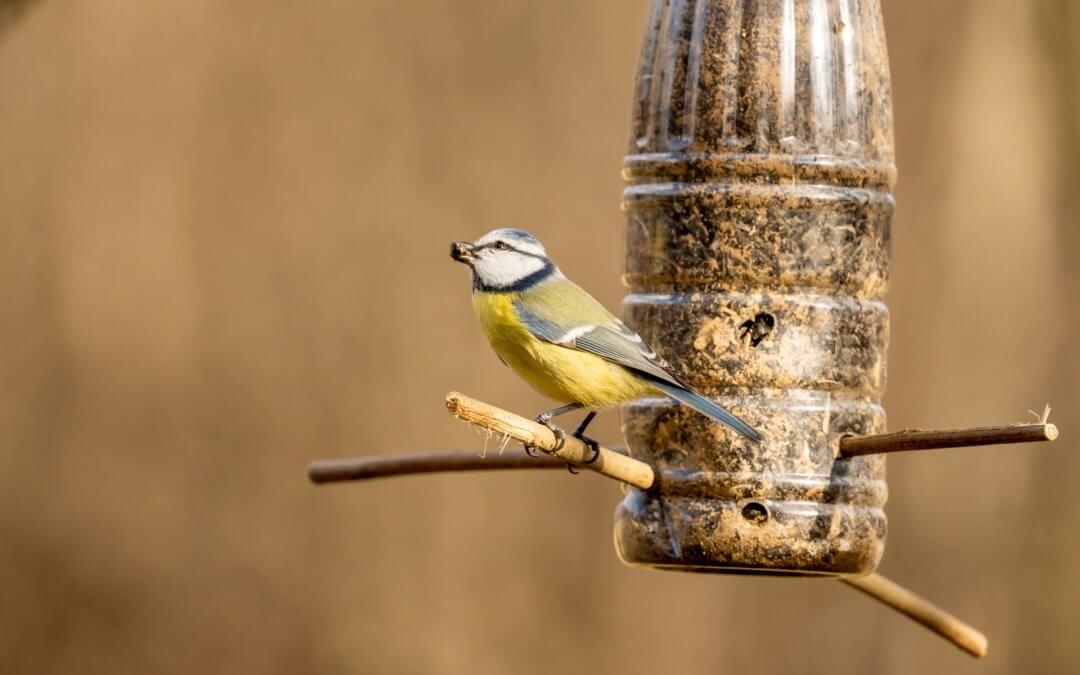The Department of Natural Resources is advising Michigan residents to take down their bird feeders and bird baths as bird flu cases begin to rise in the state.
As the Detroit Free Press shares, birds tend to flock to Michigan in April and May as they migrate through the Great Lakes region. Because many of these wild birds come from other parts of the world, like Central and South America, they may spread the avian flu, also known as the highly pathogenic avian influenza (HPAI), when looking for food in bird feeders. This could result in domestic birds being infected and spread HPAI even further.
While the chance of death varies by species, domestic birds like chickens and doves have a higher risk of dying from bird flu, DNR state wildlife veterinarian Megan Moriarty told the Free Press.
“If you’re concerned about this virus and want to act from a place of abundant caution, removing your bird feeders for now makes sense, but it isn’t yet a critical step,” Moriarty said. “With warmer springtime weather on the way, too, birds will have more natural food sources readily available to them.”
The first case of HPAI in Michigan was reported in Kalamazoo County in February. The Detroit Zoo took preventative measures and moved all of their birds indoors. More confirmed cases of bird flu in Michigan have been reported, including household parrots in Washtenaw County earlier this month.
Residents shouldn’t be concerned about a public safety threat.
“While the risk of Avian Influenza is extremely low to dogs and cats, it’s still important to understand what you can do to help keep our feathered friends safe inside and outside of our homes,” says Dr. Crystal Sapp, VP of veterinary medicine at Michigan Humane. “There are some really helpful tips as to how to do this in these articles.”
The DNR adds, “No human cases of this strain of HPAI virus have been detected in the United States. Also, no birds or bird products infected with HPAI will enter the food chain. As a reminder, all poultry and eggs should be handled and cooked properly, with a safe cooking temperature of 165 degrees Fahrenheit.”
Photo credit: Pexels, Kiril Gruev

